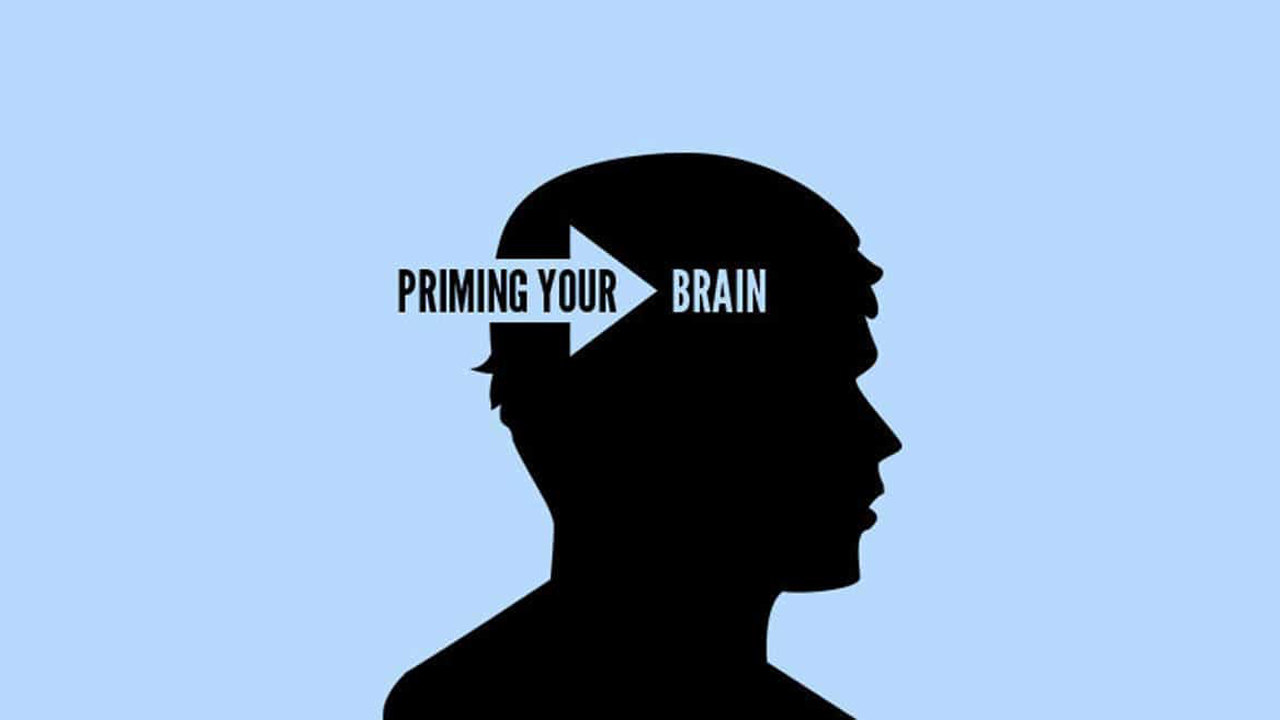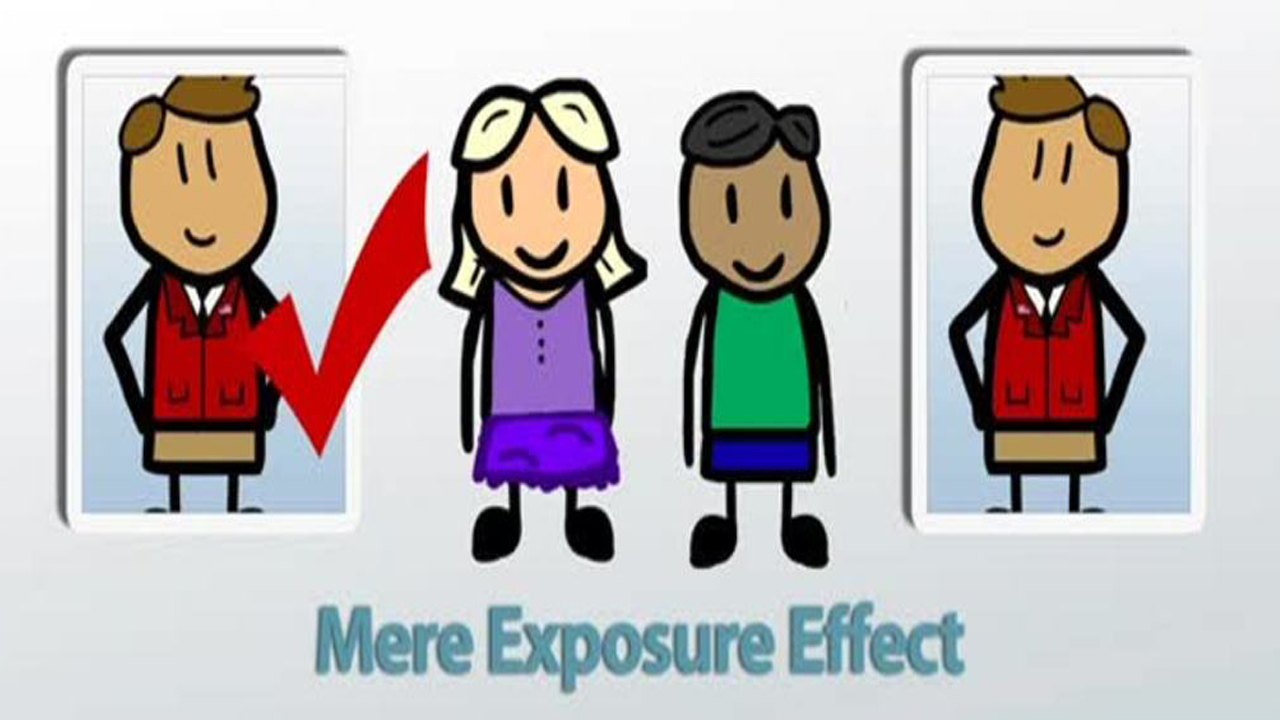1:Pygmalion Effect A student’s performance can be influenced by a teacher’s expectations. Positive expectations impact students positively. Negative expectations, on the other hand, hinder student progress. This is called the Pygmalion Effect, which was first brought to light by Rosenthal and Jacobsen. It’s therefore important teachers create a learning environment that positively affects students.
A student’s performance can be influenced by a teacher’s expectations. Positive expectations impact students positively. Negative expectations, on the other hand, hinder student progress. This is called the Pygmalion Effect, which was first brought to light by Rosenthal and Jacobsen. It’s therefore important teachers create a learning environment that positively affects students.
But what does this positive environment entail? In short, if you are a teacher and your students aren’t too bright and are finding it hard to achieve things, teach them basic stuff, put them through multiple drills, read them notes, provide them simple assignments, etc. You should never forecast failure, especially when in a classroom setting. In case a particular test is difficult, let your students know it’s difficult but hard work would get them through.
2: Pratfall Effect According to the Pratfall Effect, people who are viewed as highly competent become more likeable and look cuter when they commit a routine blunder. Elliot Aronson, a social psychologist, first studied this effect in 1966. Extremely competent individuals are quite often looked at as above regular people for their proficiency and efficiency in their respective fields. When such people err, a humanizing effect gets attached to them, which increases their attractive quotient. For example, a beautiful and intelligent actress gaffing when walking the red carpet looks cute.
According to the Pratfall Effect, people who are viewed as highly competent become more likeable and look cuter when they commit a routine blunder. Elliot Aronson, a social psychologist, first studied this effect in 1966. Extremely competent individuals are quite often looked at as above regular people for their proficiency and efficiency in their respective fields. When such people err, a humanizing effect gets attached to them, which increases their attractive quotient. For example, a beautiful and intelligent actress gaffing when walking the red carpet looks cute.
3: Priming Effect The priming effect denotes exposure to certain words may more easily encourage evocation or recognition of related words. For example, if you recently heard or saw the word ‘food’, the word ‘soup’ would become more prominent in your head than ‘soap’ when both the words could be applied to a particular situation. This is, however, a temporary effect and should not last for hours together. The point being the word ‘eat’ has influenced your thoughts. Not just words, images could also influence thinking in a similar fashion. The effect is usually subtle and takes place completely in the subconscious mind.
The priming effect denotes exposure to certain words may more easily encourage evocation or recognition of related words. For example, if you recently heard or saw the word ‘food’, the word ‘soup’ would become more prominent in your head than ‘soap’ when both the words could be applied to a particular situation. This is, however, a temporary effect and should not last for hours together. The point being the word ‘eat’ has influenced your thoughts. Not just words, images could also influence thinking in a similar fashion. The effect is usually subtle and takes place completely in the subconscious mind.
4: Anchoring Effect The anchoring effect is the negative and positive feelings that come to our mind when there’s a reference point to make comparisons with. For instance, you’re out to buy a pair of sports shoes. According to you, $100 should fetch you a great pair. Let’s assume you know what “great quality” is and there are no brand biases as such. If you happen to find a shoe for $70 that offers the quality you desire, you feel you’ve got a bargain. But for another person who thinks $50 is a reasonable price for good-quality sports shoes, a $70 shoe would seem a bit expensive. This is because the anchor for you is $100. The other person’s anchor or reference point is much lower at $50.
The anchoring effect is the negative and positive feelings that come to our mind when there’s a reference point to make comparisons with. For instance, you’re out to buy a pair of sports shoes. According to you, $100 should fetch you a great pair. Let’s assume you know what “great quality” is and there are no brand biases as such. If you happen to find a shoe for $70 that offers the quality you desire, you feel you’ve got a bargain. But for another person who thinks $50 is a reasonable price for good-quality sports shoes, a $70 shoe would seem a bit expensive. This is because the anchor for you is $100. The other person’s anchor or reference point is much lower at $50.
5: Framing Effect The framing effect is essentially framing a sentence in a particular way so as to bring about a certain effect. In other words, a sentence can be worded differently to make it sound positive or negative. For example, 20 of the 100 people in the mall fell victims to the mass shooting sounds depressing. If the same news is framed as “80 of the 100 people in the mall escaped unscathed”, it doesn’t sound too bad.
The framing effect is essentially framing a sentence in a particular way so as to bring about a certain effect. In other words, a sentence can be worded differently to make it sound positive or negative. For example, 20 of the 100 people in the mall fell victims to the mass shooting sounds depressing. If the same news is framed as “80 of the 100 people in the mall escaped unscathed”, it doesn’t sound too bad.
6:The Marshmallow Test This test introduced by Walter Mischel, psychologist, discusses how both kids and adults can master willpower. The Marshmallow Test is identified with willpower, grit and temptation. Investment firms use the test to promote retirement planning among their employees. The test has its roots in the 1960s’ experiment conducted by Mischel along with his graduate students at Bing Nursery School (Stanford University) where the kids were asked to choose between one marshmallow and two marshmallows – one marshmallow was to be offered immediately and two marshmallows after 20 minutes. Some children chose to have the marshmallow immediately and quite a few waited for 20 minutes to have their marshmallows.
This test introduced by Walter Mischel, psychologist, discusses how both kids and adults can master willpower. The Marshmallow Test is identified with willpower, grit and temptation. Investment firms use the test to promote retirement planning among their employees. The test has its roots in the 1960s’ experiment conducted by Mischel along with his graduate students at Bing Nursery School (Stanford University) where the kids were asked to choose between one marshmallow and two marshmallows – one marshmallow was to be offered immediately and two marshmallows after 20 minutes. Some children chose to have the marshmallow immediately and quite a few waited for 20 minutes to have their marshmallows.
Several years later, Mischel found that the students who chose to wait fared much better in life overall – be that in academics or with their general health. That said, the Marshmallow Test is not truly a scientific test. In fact, the test has quite a few critics who claim the test worked on a sample too small to truly deduce anything. Also, there are quite a few other variables that imply nothing. Some of the kids who participated may not be too much into food, or desserts may just not be their thing.
7: Standing in a Queue Contrary to what most people would believe, queuing is something humans totally despise. In a queue, people push ahead wherever and whenever possible, and grumble and mumble the entire time. Also, the queue is invariably linked with dull drones that have unwillingly submitted themselves to an inefficient system. To the modern guy, waiting in a queue could be simply described as demoralizing, aggravating and frustrating.
Contrary to what most people would believe, queuing is something humans totally despise. In a queue, people push ahead wherever and whenever possible, and grumble and mumble the entire time. Also, the queue is invariably linked with dull drones that have unwillingly submitted themselves to an inefficient system. To the modern guy, waiting in a queue could be simply described as demoralizing, aggravating and frustrating.
As per academic literature on queuing psychology, a queue provides several rich insights into human behavior and social norms. Though the social rules vary across cultures, all humans are reciprocators at heart. They cooperate whenever they see other people doing so. If a sporting event is postponed by an hour, you may feel annoyed and frustrated at first but you would still wait with the hundreds of people around you. A queue is one of the most interesting psychological facts, which sends a strong and clear message that mass cooperation prevails.
8: Junk Cravings Most people have cravings for certain foods. Generally, the food being craved at is unhealthy or of the junk variety. At first, those cravings are extremely strong. And people succumb to the temptation because they don’t think there is another way out. However, not many realize that psychology has a role to play in the way they perceive and eat food. According to research, if a person manages to hold on to his craving for at least 10 minutes, he can overcome it easily. This is how most healthy people manage to avoid sweets and edible junk. Moreover, if you do not like a particular food, garnishing it or making it look nice would make the food taste better.
Most people have cravings for certain foods. Generally, the food being craved at is unhealthy or of the junk variety. At first, those cravings are extremely strong. And people succumb to the temptation because they don’t think there is another way out. However, not many realize that psychology has a role to play in the way they perceive and eat food. According to research, if a person manages to hold on to his craving for at least 10 minutes, he can overcome it easily. This is how most healthy people manage to avoid sweets and edible junk. Moreover, if you do not like a particular food, garnishing it or making it look nice would make the food taste better.
9: Mere-Exposure Effect Have you seen ads of established brands that literally do not need any introduction? According to regular people, an advertisement is supposed to introduce a product to a market and make potential buyers take notice of it. To them, repetitive promotion should ideally irritate the viewer and make him despise the brand. But this is not how advertisements really work. In fact, on the psychological front, the more exposure a human has to a particular thing, the likelier an individual reacts to it favorably.
Have you seen ads of established brands that literally do not need any introduction? According to regular people, an advertisement is supposed to introduce a product to a market and make potential buyers take notice of it. To them, repetitive promotion should ideally irritate the viewer and make him despise the brand. But this is not how advertisements really work. In fact, on the psychological front, the more exposure a human has to a particular thing, the likelier an individual reacts to it favorably.
Let’s understand this with an example. There are two songs – one being fairly old and the other newly released. When both the songs are played at a concert, people are likely to respond more positively to the old song because they have listened to it multiple times before. Though being musically superior, the new song gets a lukewarm reception because people are yet to develop a familiarity for it.
10: The Benjamin Franklin Effect
The Benjamin Franklin Effect basically indicates people grow fondness for individuals who they treat nicely or do good things for and despise people they harm or hurt. What has Ben Franklin got to do with this psychological effect? Incidentally, Ben Franklin once had a hater. To change that hatred towards him, Franklin asked the man if he could borrow a book from his library. Franklin got his book and he returned the book after a week with a note of gratitude. The next time both the gentlemen met each other, the man was devoid of his hatred for Franklin and became quite friendly with him. And this friendship stayed till the man died.
11: The Multitasking Myth It’s a common notion that some people can do only one thing at a time and others can accomplish multiple things simultaneously. But the truth is there is nothing called multitasking. According to studies, the human brain can only focus at one thing at a time. Multitasking is possible only if one of the tasks doesn’t involve the mind such as walking, running, etc. The brain cannot process two things simultaneously. Shifting between tasks swiftly is possible, but that’s about it.
It’s a common notion that some people can do only one thing at a time and others can accomplish multiple things simultaneously. But the truth is there is nothing called multitasking. According to studies, the human brain can only focus at one thing at a time. Multitasking is possible only if one of the tasks doesn’t involve the mind such as walking, running, etc. The brain cannot process two things simultaneously. Shifting between tasks swiftly is possible, but that’s about it.
12: Backfire Effect The backfire effect indicates a person develops deeper belief in his thoughts and perspectives when contradictory evidence challenge them. In other words, the other person feels more strongly about his unsubstantiated beliefs upon presented with facts or corrective information. The issue here could lie in the way the other individual is receiving the information. Probably, the individual in the wrong doesn’t see the other guy as a reliable source of information and may have possibly changed his position if a more authoritative person or an expert in the field had presented the facts.
The backfire effect indicates a person develops deeper belief in his thoughts and perspectives when contradictory evidence challenge them. In other words, the other person feels more strongly about his unsubstantiated beliefs upon presented with facts or corrective information. The issue here could lie in the way the other individual is receiving the information. Probably, the individual in the wrong doesn’t see the other guy as a reliable source of information and may have possibly changed his position if a more authoritative person or an expert in the field had presented the facts.
13: Blaming People Instead of the Situation When things don’t go as per plan or when people goof up, they tend to put the blame on another person and not necessarily the circumstance that could have been the culprit in the first place. People do not realize correcting the situation could get things right on track. This blame-game is primarily because blaming someone else would help one clear his image. For example, a husband usually beats his wife because he believes she is in the wrong. If he realized it was him or the surroundings that caused the rift between the two, his actions would change for the good.
When things don’t go as per plan or when people goof up, they tend to put the blame on another person and not necessarily the circumstance that could have been the culprit in the first place. People do not realize correcting the situation could get things right on track. This blame-game is primarily because blaming someone else would help one clear his image. For example, a husband usually beats his wife because he believes she is in the wrong. If he realized it was him or the surroundings that caused the rift between the two, his actions would change for the good.
14: Succumbing to Pressure Most people don’t perform when under pressure. They invariably choke and under-deliver. These scenarios are commonly seen in sports when a lot of people are watching or when the hopes are high. Such sub-par performance is invariably attributed to nerves, but there’s more to it than just nerves. According to psychology, choking is the result of the brain’s processing getting jammed. And this happens when people overthink about things they do.
Most people don’t perform when under pressure. They invariably choke and under-deliver. These scenarios are commonly seen in sports when a lot of people are watching or when the hopes are high. Such sub-par performance is invariably attributed to nerves, but there’s more to it than just nerves. According to psychology, choking is the result of the brain’s processing getting jammed. And this happens when people overthink about things they do.
15 : Illusion of Progress Can Motivate When you believe you’re moving ahead, you tend to perform better. The opposite happens when you feel there’s no progression happening. This hypothesis was first discussed during the 1930s during a rat race where the animals seemed to run quicker upon approaching the end. Researchers state one’s perception of being close to attaining something could be manipulated easily by shifting goal posts.
When you believe you’re moving ahead, you tend to perform better. The opposite happens when you feel there’s no progression happening. This hypothesis was first discussed during the 1930s during a rat race where the animals seemed to run quicker upon approaching the end. Researchers state one’s perception of being close to attaining something could be manipulated easily by shifting goal posts.


